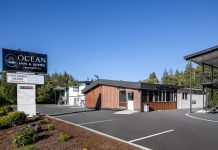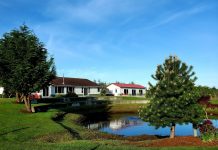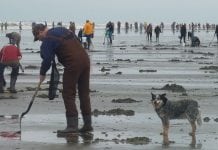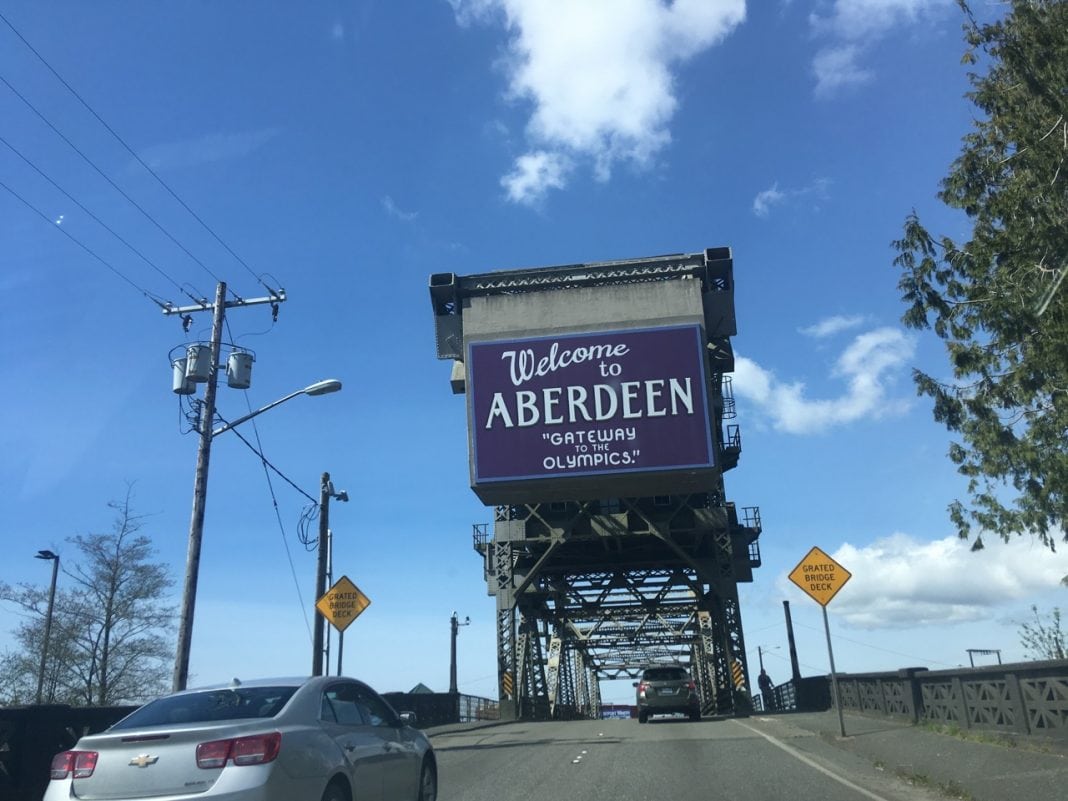Have you ever driven around the county, wondering how the towns got their names? For instance, why is Elma called Elma, or how did Copalis get that name? In previous posts, we have explained why Humptulips is called Humptulips and we have delved into the history of our coastal towns. Now, it is time to discover the unique stories of how more towns around Grays Harbor have been named.
 Full of history, the town names around the region speak to hope, describe the landscape, and tell us a tale of where the first settlers came from. While the regions have an amazing history before homesteading, this article is focusing on just the existing towns in the region. The town names of Grays Harbor, like the names of cities around the country, are a way for us to connect with the past and have a better appreciation for the area that we call home.
Full of history, the town names around the region speak to hope, describe the landscape, and tell us a tale of where the first settlers came from. While the regions have an amazing history before homesteading, this article is focusing on just the existing towns in the region. The town names of Grays Harbor, like the names of cities around the country, are a way for us to connect with the past and have a better appreciation for the area that we call home.
Elma
We start with the city of Elma, located on the eastern side of the county. Homesteaded in the 1860s, Elma has been a city since March 22, 1888, nearly a full year before Washington became a state. In 1890, Elma had a population of 345, growing to more than 3,000 people by 2016. The town, which had ties to the logging industry, but now is now largely dependent on agriculture, has a name of unknown origin. There are three possibilities for how the town was named, each of which seem plausible. Some say it was named after Elma Austin, whose family is said to have settled in the area before 1860. Others claim it was named after Elmer Ellsworth, the first soldier to be killed in the Civil War. This name is said to have been shortened by the post office, which is similar to the third possibility. The final theory on the name Elma comes from when the postal service was first being established in the town. Supposedly, the town submitted the name Elmira, but that suggestion was shortened to avoid confusion with the Eastern Washington town of Almira. No matter what the real story is, we can all agree that the name Elma now fits this cozy river town.
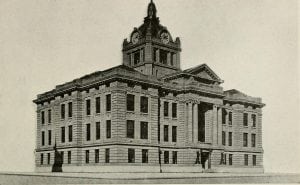
Montesano
Near Elma, the uniquely named town of Montesano sits, serving as the county seat for Grays Harbor. Near the mouth of Wynoochee River, the town had many settler-given names prior to 1860. First known as Medcalf Prairie, named after a settler named William Medcalf, the region was almost renamed Mount Zion. In 1862, when the county seat was placed in the area, Mrs. Lorinda Scammon suggested the Mount Zion name. The county seat would be located on the Scammon’s property, so it seemed to make sense that they would have naming rights. However, Samuel James, another pioneer to the region, suggested a name with some Spanish influence. Montesano is actually a combination of the Spanish words for “mountain” and “health.” On November 26, 1883, Montesano was officially incorporated.
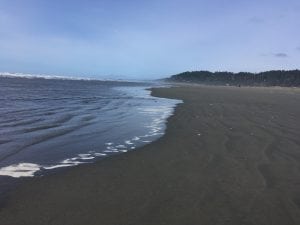
Copalis
Located near the breaking waves of the Pacific Ocean, Copalis’s name honors the group of Native Americans who lived, hunted, and explored the land for generations before European settlers arrived. The name Copalis is said to translate to “opposite the rock,” named as such because of the large rocks jutting out of the ocean near the mouth of the Copalis River. Today, there are just over 400 residents of Copalis. The first non-Native Americans came to Copalis Beach in the 1890s, digging a ton of clams and helping the tiny town gain the reputation as “Home of the Razor Clam.”
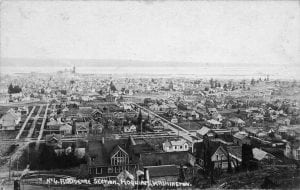
Hoquiam
Hoquiam was originally a Native American word that described both the river and the people who called the region home. The word Hoquiam comes from the Native American name for a band of residents called “Ho-qui-umpts.” This word perfectly described the area both before and after homesteaders came to the region, as it translates to “hungry for wood.” Before the logging industry, the small band of Native Americans who lived in the region earned the moniker, as they are said to have used driftwood from the river for fuel. Once the town grew, the “hunger for wood” continued, making Hoquiam one of the world’s best-known lumber towns. Hoquiam became a city on May 21, 1890, and while the population is around 8,500 today, the town once had 11,000 residents in the 1950s.
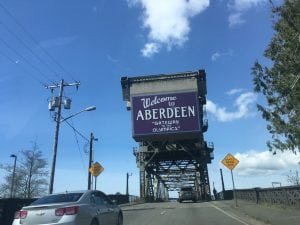
Aberdeen
Finally, we end with the largest town in Grays Harbor. Aberdeen, with a current population of nearly 17,000, saw its biggest numbers in the 1930s when nearly 22,000 people lived in town, largely supported by the growing timber industry. While most think of Aberdeen as the home to logging and Kurt Cobain, the town’s name goes back to the Scottish roots of its founders. The city was established in 1867 by Samuel Benn, but was named by a Mr. Seaborg, who started fish packing plants in both Aberdeen and Ilwaco. While many wanted the name of the town to be Wishkah, after the river, Aberdeen was chosen to reflect on the connection many residents in the region had to the fishing port in their homeland of Scotland.



